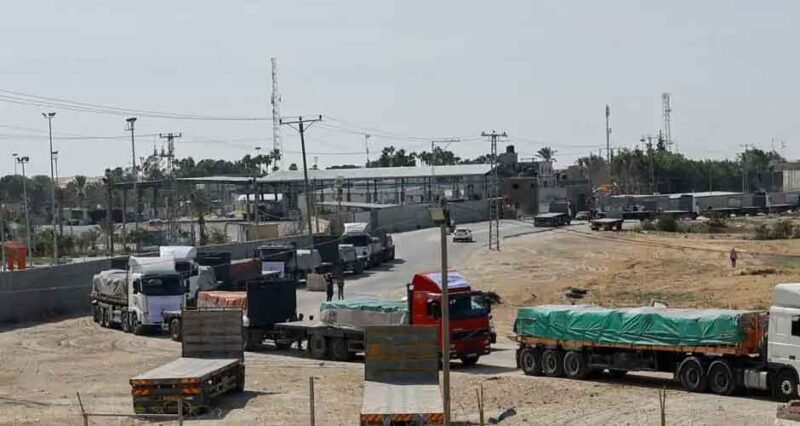
Have you ever wondered what goes on in a humanitarian mission? Behind the scenes, beyond the borders of our familiar world lies a reality many do not see or understand. It is a world of chaos and destruction, but also one of hope and compassion.
In this article, we will delve into the intricacies of humanitarian missions and shed light on the challenges that these missions face.
Understanding Humanitarian Missions
Humanitarian missions, also known as humanitarian aid or relief efforts, refer to the act of assisting people in need due to natural disasters, war, conflict, and other crises. These missions are carried out by various organizations such as the Red Cross, United Nations agencies, non-governmental organizations (NGOs), and government agencies.
The primary goal of humanitarian missions is to save lives, alleviate suffering, and maintain human dignity in times of crisis. They provide essential services such as food, shelter, water, healthcare, and education to those affected by disasters.
Challenges Faced by Humanitarian Missions
While the intentions behind humanitarian missions are noble, they face numerous challenges that make their work difficult. One of the major obstacles is the lack of access to remote and isolated areas. In times of crisis, infrastructure and communication networks are often destroyed, making it challenging for aid organizations to reach those in need. Most of the organizations use portable satellite internet to overcome this challenge.
Another major challenge is the need for funding. Humanitarian missions rely heavily on donations and grants from individuals, corporations, and governments to carry out their operations. However, with competing demands for funds and donor fatigue, securing enough resources can be a daunting task.
Aside from logistical challenges, humanitarian missions also face security risks. In areas of conflict and war, aid workers are at risk of being targeted by armed groups. Despite the danger, these workers continue to assist those in need.
Politics and bureaucracy also hinder the effectiveness of humanitarian missions. Delays in obtaining visas, permits, and other government approvals can delay or even prevent aid from reaching those who need it.
The Human Side of Humanitarian Missions
Although challenges abound in humanitarian missions, there is a human side that often goes unnoticed. Aid workers put their lives on the line to serve others every day. They work in harsh and dangerous conditions, leaving behind their families and comfort to help those in need. The sacrifice of these individuals is often overlooked but deserves recognition and appreciation.
Moreover, humanitarian missions also bring out the best in humanity. In times of crisis, people from different cultures, backgrounds, and beliefs come together to provide aid and support. This cooperation and unity show that despite our differences, we are all connected and have the capacity for compassion and empathy.
How You Can Help
There are many ways individuals can support humanitarian missions. One way is by donating to reputable organizations that carry out relief efforts. These donations help provide essential supplies and services to those in need.
Another way is by volunteering your time and skills. Many organizations depend on volunteers to carry out their operations, whether it’s providing medical assistance, teaching, or helping with logistics. Your expertise and time can make a significant difference in the lives of those affected by disasters.
Finally, spreading awareness about humanitarian missions and the challenges they face is crucial. By educating ourselves and others, we can build a more empathetic and compassionate society that understands the realities of those living in crisis.
Conclusion
Humanitarian missions are complex operations that aim to bring aid, hope, and dignity to those affected by disasters. They face numerous challenges but continue to persevere in their mission to save lives and alleviate suffering. By understanding the intricacies of these missions and supporting them in any way possible, we can help make a positive impact on the lives of those in need. Let us remember that beyond borders and differences, there is still humanity connecting us all. So, let’s join hands and work towards a better world for all.

